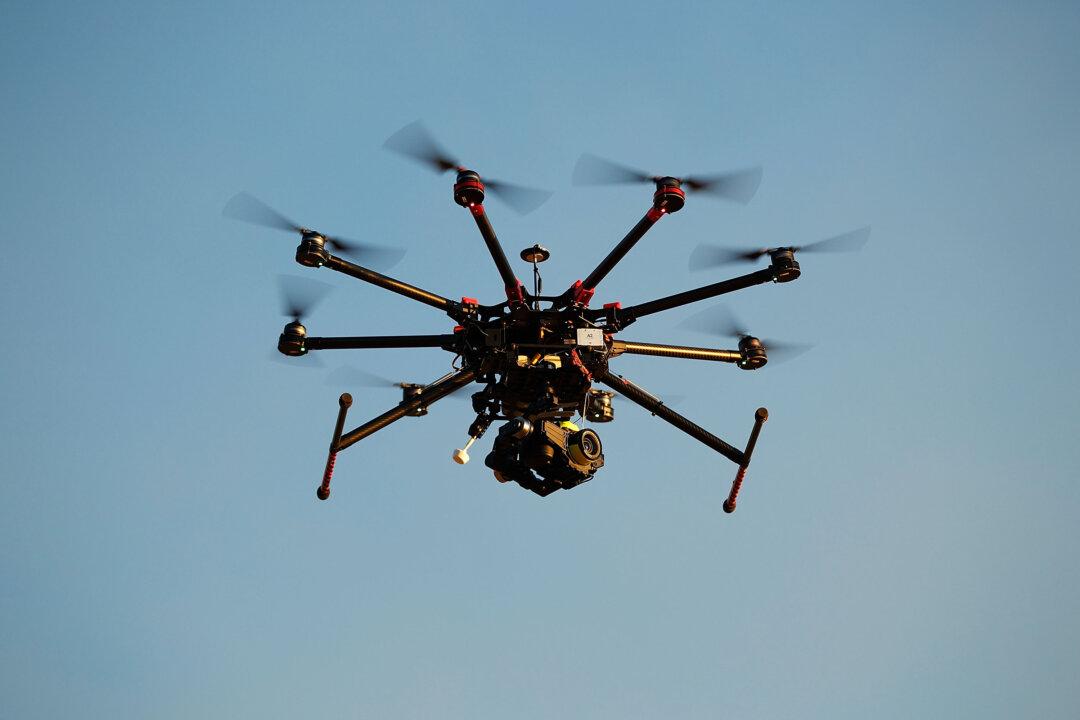DJI, the maker of the drone that recently crashed at the White House, rolled back on Friday an update that would prevent their Phantom 2 model from flying within a 15.5-mile radius of downtown Washington D.C., after problems were found with the new patch.
The company released the new flight restriction patch four days after a drunk employee at the National Geospatial Intelligence Agency flew his drone onto White House grounds.
This is not the first time DJI has set a “GPS geofence” on their device. In April, the firm released its first patch, which made the area surrounding hundreds of airports a no-fly zone for its drones. For large airports, the drone’s maximum altitude starts to decline when it’s within a 5-mile radius, and takes a forced landing within 1.5 miles.
The White House isn’t the only non-airport space that’s geo-fenced. DJI, a company based in mainland China, had previously set a 15-kilometer radius restriction surrounding Tiananmen Square in Beijing, traditionally a magnet for protests of the Chinese Communist Party.
Recreational drone usage is little regulated in the United States, but was outlawed in the D.C. area after the September 11th attacks, as a security precaution. Some drone enthusiasts in D.C. have argued against the law, saying that when drones are outlawed, only outlaws will fly drones. DJI’s new patch would also affect D.C. residents flying their drones indoors, where it is legal.
The Federal Aviation Administration (FAA) had previously set a September 2015 deadline for enacting regulation that would integrate drones into the National Airspace System, but the agency said in December that the rules will likely come in 2017 at the earliest.





